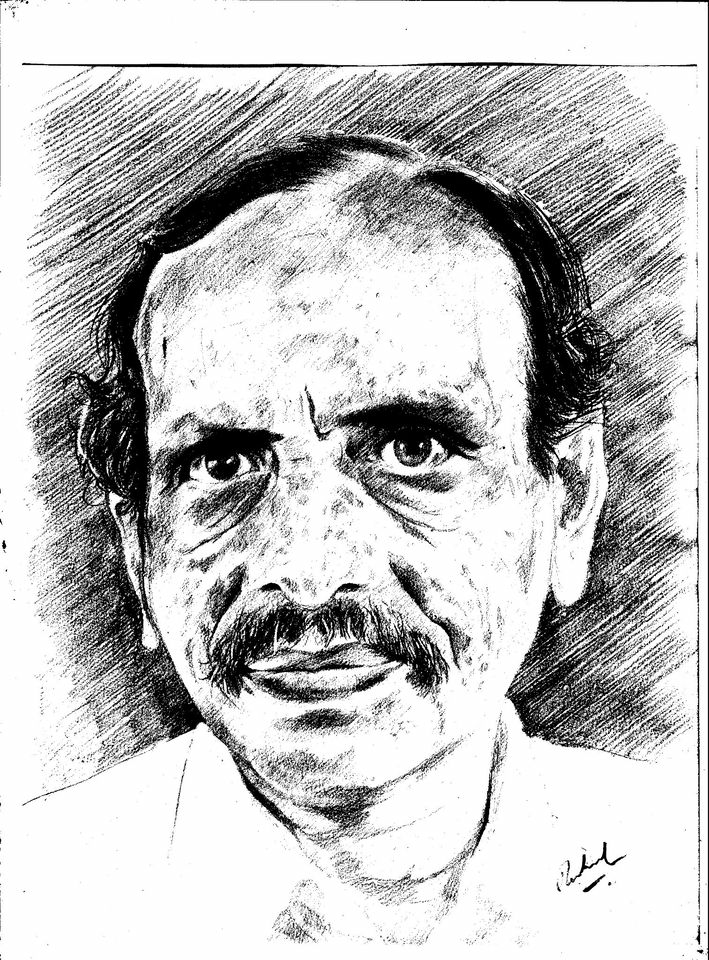|
|
[NOTES/QM-06001] Why Start with Postulates? Node id: 6104page
Many concepts of classical mechanics have to be revised or given up completely. Also in quantum mechanics many new concepts, such as quantization of dynamical variables, appear. In order to understand the structure of quantum mechanics and its applications well, it si recommended that teaching and learning of quantum mechanics should begin with the postulates.
|

|
24-03-18 13:03:12 |
n |
|
|
[NOTES/CM-02003] From Newton's EOM to Euler Lagrange EOMNode id: 6037page Euler Lagrange equations are obtained using Newton's laws and D' Alembert's principle.
$\newcommand{\dd}[2][]{\frac{d#1}{d#2}}\newcommand{\pp}[2][]{\frac{\partial #1}{\partial #2}}$
|

|
24-03-15 06:03:32 |
n |
|
|
[NOTES/CM-02001] Limitations of Newtonian Mechanics Node id: 6100pageSome limitations of Newtonian mechanics are pointed out.
|

|
24-03-15 04:03:24 |
n |
|
|
[NOTES/EM-07017] Magnetic Moment of a System of Point Particles Node id: 5990pageThe magnetic moment for a point particle is shown to be related to the angular momentum \(\ell\) and is given by
\begin{equation}
\vec{m} =
\frac{q}{2M}\vec{\ell}
\end{equation}
|

|
24-03-12 23:03:46 |
n |
|
|
[LECS/EM-07005] Currents in Magnetic FieldNode id: 6094page |

|
24-03-11 17:03:21 |
n |
|
|
[NOTES/QFT-01001] Examples of Classical FieldsNode id: 6097pageAfter recalling the analytical dynamics briefly, several examples of systems with infinite degrees of freed are given.
|

|
24-03-10 09:03:01 |
n |
|
|
[NOTES/EM-07006]-Lorentz Force on a Current DistributionNode id: 5711page
Starting from Lorentz force per unit volume on a current carrying conductor due to magnetic field is shown to be \(\vec{j}\times\vec{B}\)
|

|
24-03-05 09:03:16 |
n |
|
|
[NOTES/EM-07005]-Torque on a Current Carrying LoopNode id: 5710page
An expression for torque on a current carrying loop in magnetic field is obtained. It is shown that the torque is given by \(\vec{\tau}=\vec{m}\times\vec{B}\), where \(\vec{m}\) is the magnetic moment of the loop. For a planar loop\(|\vec{m}|=\) current \(\times\) area.
|

|
24-03-05 09:03:22 |
n |
|
|
[LECS/EM-07007] Magnetic Field of Localized CurrentsNode id: 6096page |

|
24-03-04 22:03:42 |
n |
|
|
[LECS/EM-07006] Vector PotentialNode id: 6095page |

|
24-03-04 22:03:01 |
n |
|
|
[LECS/EM-07003] Biot-Savart Law and Maxwell's EquationsNode id: 6092page |

|
24-03-04 22:03:56 |
n |
|
|
[LECS/EM-07004] Magnetic Field of CurrentsNode id: 6093page |

|
24-03-04 22:03:33 |
n |
|
|
2. Mathematical PreparationNode id: 6091page |

|
24-03-03 10:03:11 |
n |
|
|
1. Current Density and Current Conservation*Node id: 6056page |

|
24-03-03 10:03:44 |
n |
|
|
[DOC/ToDo] List of ToDosNode id: 6090pageThis page contains a list of todos which have to be done at a later date.
For example creation of hyperlinks to pages that will be created later.
|

|
24-03-03 06:03:42 |
n |
|
|
[Doc, Log, Info, Help,...] Documentaion of Proofs ContentNode id: 6085collection |

|
24-03-03 06:03:50 |
n |
|
|
1.1 The Structure of Physical Theories --- Lectures given at Hyd Univ -2024 Refresher CourseNode id: 6059page |

|
24-03-02 22:03:31 |
n |
|
|
[NOTES/EM-07013] Conservtion of Electromagnetic Field Momentum.*Node id: 5919page
The equation of continuity appears in different branches of physics. It represents a local conservation law. In order to be consistent with requirement if special relativity every conserved quantity must come with a current which gives the flow of the conserved quantity across a surface and the two must obey equation of continuity. Taking the example of momentum conservation, we briefly discuss the interpretation of stress tensor giving flow of momentum per unit time as a surface integral. The surface integral, in turn, gives the force on the surface.
$\newcommand{\pp}[2][]{\frac{\partial #1}{\partial #2}} \newcommand{\dd}[2][]{\frac{d#1}{d#2}}$
|

|
24-03-02 11:03:19 |
n |
|
|
[NOTES/EM-07015] Current Density --- ExamplesNode id: 5988page
The relationship between current and current density is explained by means of several examples.
|

|
24-03-02 07:03:38 |
n |
|
|
[NOTES/EM-07001]-Electric CurrentNode id: 5707page
The current density and its relation with the current in a circuit is explained.
|

|
24-03-02 07:03:06 |
n |